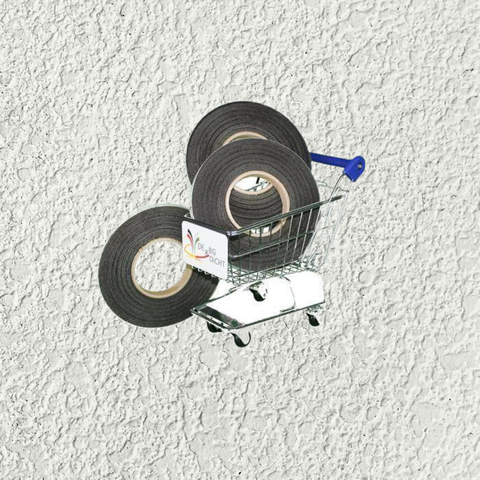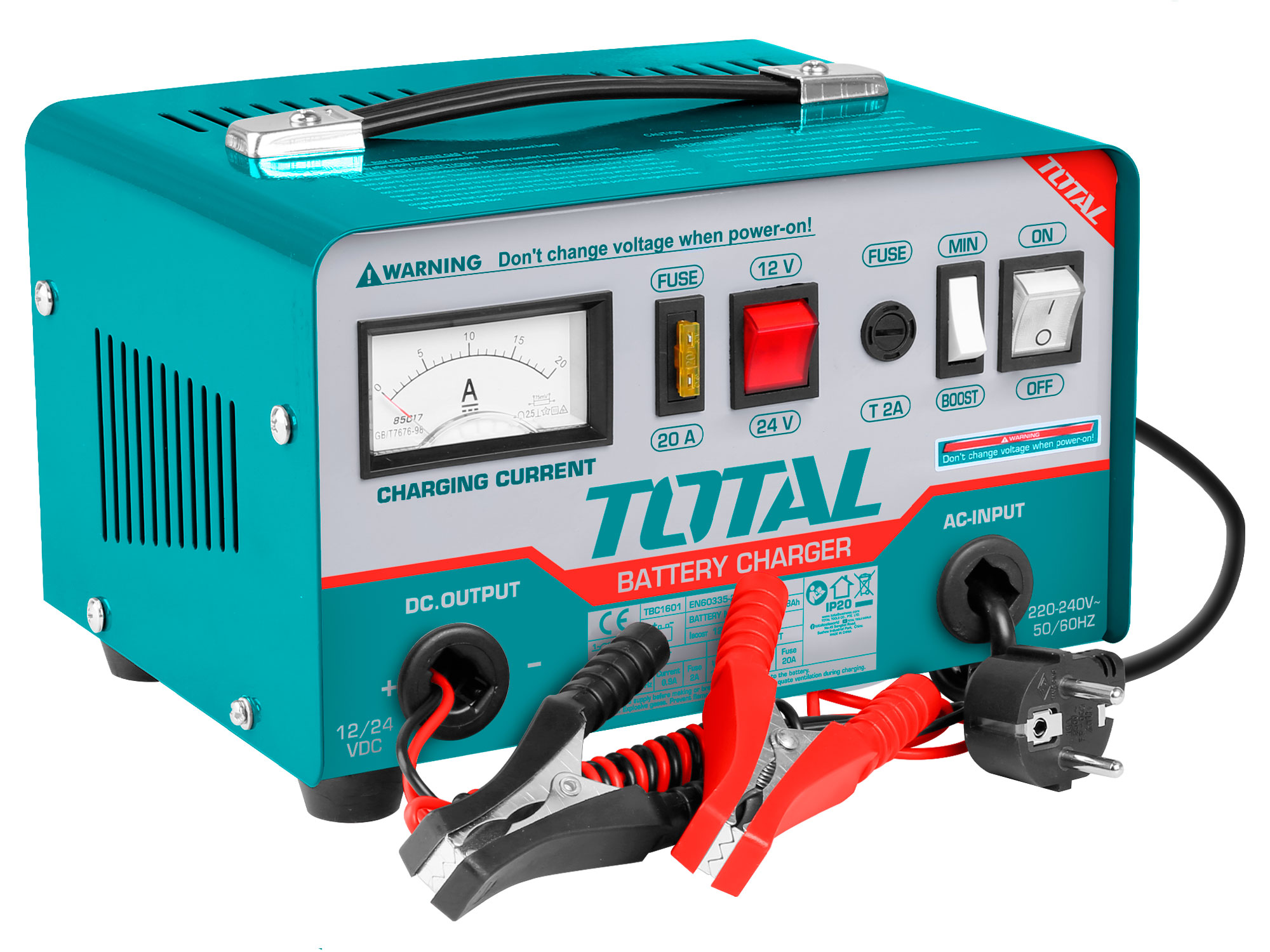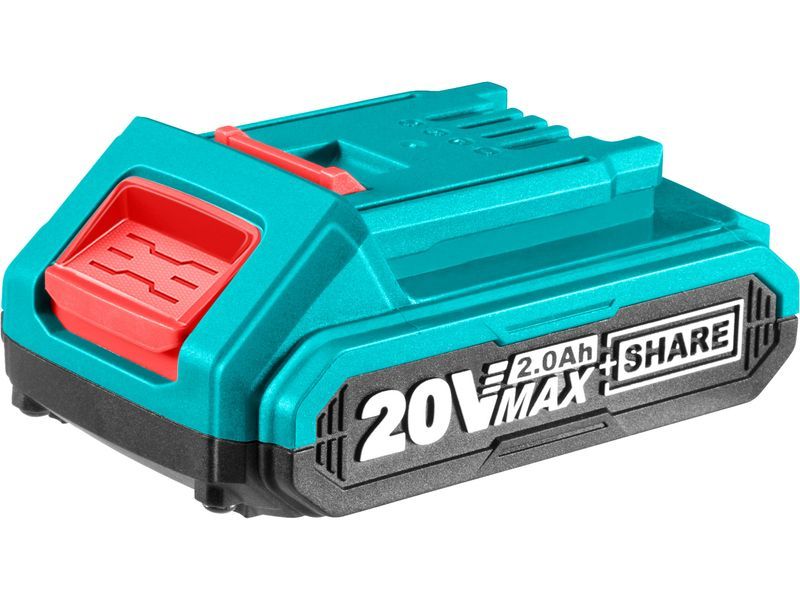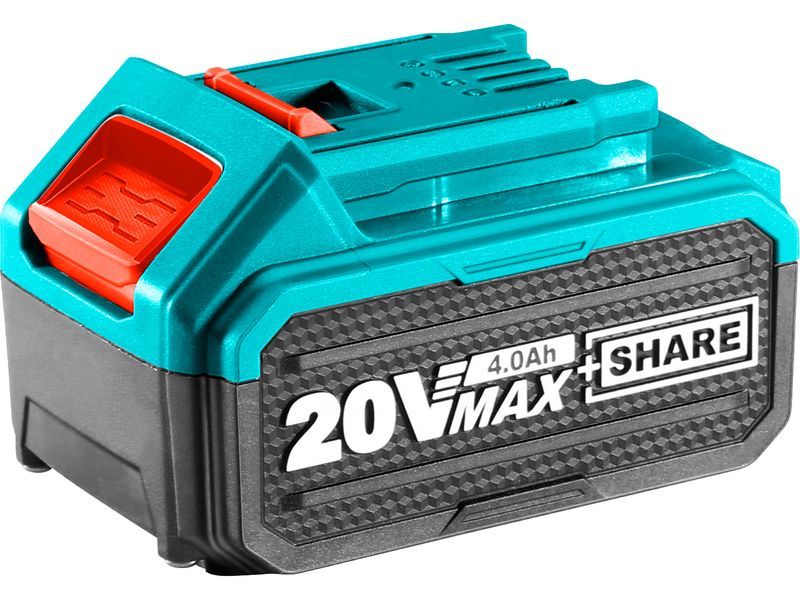Let's delve into the world of Li-ion batteries and explore all the fascinating details about these powerful energy storage devices. From basic research to practical tips and tricks, this ultimate guide will give you everything you need to know.
Although Li-ion batteries are now widely used in a variety of devices such as smartphones, laptops and electric vehicles, many people still don't know much about how they work and how to look after them. In this article, we'll look at the basics of Li-ion technology, discuss the pros and cons of these batteries and give you helpful advice on how to get the maximum performance and life out of your Li-ion batteries.
Learn more about the different types of Li-ion batteries, proper storage and care, charging and discharging the batteries and the most common mistakes to avoid. Whether you are a technology enthusiast or simply want to expand your knowledge, this guide will provide you with all the answers.
Immerse yourself in the world of Li-ion batteries and get ready to become an expert in the field.
What are Li-ion batteries?
Lithium-ion batteries, or Li-ion batteries for short, are rechargeable batteries that have gained popularity in recent decades due to their high energy density and their ability to store a significant amount of energy in a compact format. These batteries consist of an anode, a cathode and an electrolyte. The electrolyte allows the flow of lithium ions between the anode and the cathode, which enables the storage and release of electrical energy. This technology has revolutionised the way we power portable devices and electric vehicles.
One notable aspect of Li-ion batteries is their ability to provide consistent performance over many charge cycles. In contrast to older battery technologies, such as e.g. . Nickel-Cadmium (NiCd), Li-Ion batteries do not exhibit a memory effect, which means that they are not reduced in capacity if they are not fully discharged before being recharged. This makes them particularly user-friendly and efficient for everyday use.
The applications of Li-ion batteries are diverse. They are not only found in smartphones and laptops, but also in a variety of devices such as tablets, cameras and portable games consoles. They also play a crucial role in electromobility, as they are the main source of energy for electric vehicles and hybrid vehicles. Thanks to their high power density and low weight, they enable a greater range and improved performance of these vehicles.
Advantages of Li-ion batteries
The advantages of Li-ion batteries are manifold and contribute significantly to their popularity. One of the most outstanding advantages is their high energy density. Li-ion batteries can store more energy per unit weight than many other battery types, making them ideal for portable devices where weight is an important consideration. This high energy density also means that the batteries last longer before they need to be recharged, which is a great advantage for users.
Another important advantage is the low self-discharge of Li-ion batteries. Compared to older battery technologies, Li-ion batteries lose less energy when not in use. This means that they are ready to deliver power even after prolonged storage, making them ideal for emergency devices or seasonal applications. This characteristic also contributes to Li-ion batteries being favoured in modern applications where reliability and consistent performance are crucial.
In addition, Li-ion batteries offer high charging efficiency. They can be recharged in a relatively short time, giving users the flexibility to get their devices up and running again quickly. Technology has evolved so that many modern chargers offer fast charging, which significantly reduces charging times. This is particularly important in our fast-paced world where time is often of the essence.
Differences between Li-ion batteries and other battery types
There are several types of batteries on the market, and the differences between these technologies are critical to their respective applications. Li-ion batteries differ from other battery types such as nickel-metal hydride (NiMH) and nickel-cadmium (NiCd) batteries in several important ways. One major difference is the energy density; Li-ion batteries offer a much higher energy density, which means that they can store more energy in a smaller and lighter package.
Another difference lies in the charging behaviour. NiCd batteries are prone to the so-called memory effect, which means that they lose their capacity if they are not fully discharged before being recharged. Li-ion batteries, on the other hand, do not have this disadvantage, which makes handling and charging much easier. Users do not have to worry about their batteries losing power if they only partially discharge them.
In addition, the self-discharge rate of Li-Ion batteries is lower than that of NiMH and NiCd batteries. While NiMH batteries lose significant power after a short period of time, Li-Ion batteries retain their charge over longer periods of time, making them ideal for devices that are not used regularly. These properties make Li-ion batteries a favoured choice for modern technologies, especially in portable electronics and electric mobility.
How Li-ion batteries work
The operation of Li-ion batteries is based on the movement of lithium ions between the anode and the cathode during the charging and discharging process. In general, the anode is made of graphite, while the cathode consists of a lithium metal oxide compound. During the charging process, lithium ions move from the cathode to the anode, where they are stored in the structure of the graphite. This process stores the electrical energy in chemical form.
When the battery is discharged, the opposite happens: the lithium ions move back to the cathode while releasing their stored energy. This movement of ions is what generates the electrical current needed to power electronic devices. The efficiency of these ion transfer processes is critical to the overall performance of the battery and contributes to its longevity and reliability.
Another important aspect of how Li-ion batteries work is the electrolyte, which plays a crucial role in the movement of the ions. The electrolyte usually consists of a lithium salt solution dissolved in an organic solvent. This solution enables rapid ion movement and contributes to the high charging efficiency and fast response time of the batteries. The choice of electrolyte and materials has a direct influence on the performance and safety of the battery.
The different types of Li-ion batteries
There are several types of lithium-ion batteries, each of which is optimised for different applications and requirements. One of the most common variants is the lithium cobalt oxide battery (LiCoO2), which is often used in smartphones and laptops. These batteries offer high energy density and a relatively long service life, but are less stable, which makes them more susceptible to overheating.
Another common type is the lithium iron phosphate battery (LiFePO4), which is known for its thermal stability and safety. These batteries are often used in electric vehicles and stationary energy storage systems as they offer a longer service life and greater safety, even if their energy density is lower than that of LiCoO2 batteries.
There are also lithium manganese oxide batteries (LiMn2O4), which offer a good balance between energy density, safety and temperature resistance. They are used in various electrical devices and can also be found in some electric vehicles. Finally, lithium nickel cobalt aluminium oxide (NCA) batteries are a more recent development used in high-performance applications such as electric vehicles. These batteries offer high energy density and are known for their performance, but are also more costly to manufacture.
How to properly care for and store Li-ion batteries
Proper care of Li-ion batteries is crucial to maximise their life and performance. Firstly, these batteries should be stored in a cool and dry place. High temperatures can accelerate the chemical reactions within the battery and lead to faster ageing. Ideally, Li-ion batteries should be stored at temperatures between 20 and 25 degrees Celsius to ensure optimum conditions.
Another important aspect of care is correct charging practice. It is advisable not to fully discharge the battery, as this can reduce its service life. Instead, the battery should be charged regularly when it reaches a certain charge level, typically between 20 and 80 per cent. This prevents stress and damage to the battery and helps to maintain capacity over a longer period of time.
Li-ion batteries should also be protected from extreme temperatures and moisture. Storage in a humid or very hot environment can affect the chemical stability of the battery. It is also important to ensure that the battery is not physically damaged, as this can lead to dangerous situations. Using original chargers and accessories can also help to extend the life of the battery and ensure that it works properly.
Tips for extending the service life of Li-ion batteries
To extend the life of Li-Ion batteries, there are several proven strategies that users should follow. One of the most important measures is not to fully discharge the battery, as this can damage the chemical structure of the battery. Instead, users should try to charge their devices regularly before the battery reaches a critical charge level. This helps to keep the battery in optimum condition.
Another tip is to use the chargers recommended by the manufacturer. The use of non-certified chargers can lead to overheating and irregular charging cycles, which can affect the life of the battery. It is important to ensure that the charger supplies the correct voltage and current to prevent damage.
Attention should also be paid to the temperature during charging and storage of the battery. High temperatures can accelerate the chemical reactions in the battery and significantly shorten its service life. Users should not charge their devices in direct sunlight or in hot environments. By following these simple tips, users can significantly extend the life of their Li-ion batteries and optimise the performance of their devices.
Safety precautions when handling Li-ion batteries
Handling Li-ion batteries requires some safety precautions to minimise potential hazards. Firstly, it is important to protect the batteries from extreme temperatures. High temperatures can lead to overheating and, in the worst case, to a fire. Users should take care not to store or charge their devices in hot environments.
Another important safety aspect is protecting the batteries from physical damage. Li-ion batteries should not be dropped or subjected to mechanical stress as this can lead to short circuits or other serious problems. It is advisable to store batteries in a protective case or a special storage container to protect them from knocks and drops.
Users should also ensure that they do not overcharge their batteries. Whilst many modern devices have in-built protection mechanisms to prevent overcharging, it is advisable not to leave batteries on the charger for long periods of time after they have been fully charged. By following these safety precautions, users can significantly reduce the risk of accidents and damage.
The latest developments in the field of Li-ion batteries
Li-ion battery technology is constantly evolving and there are several exciting developments that are improving the efficiency and safety of these energy storage devices. One of the most notable developments is research into solid-state batteries that use a solid electrolyte material instead of liquid electrolytes. This technology promises higher energy density and improved safety as it is less susceptible to overheating and fires.
Another trend is the improvement of recycling technologies for Li-ion batteries. As the demand for rechargeable batteries in electric vehicles and portable devices continues to grow, the need to dispose of these batteries sustainably and recycle their materials is becoming increasingly important. Researchers are working on innovative methods to improve the recyclability of lithium, cobalt and other valuable materials from used batteries.
In addition, advances are being made in the chemistry of Li-ion batteries to improve their performance. New materials and compositions are being developed to shorten charging times and extend battery life. These developments could lead to future Li-ion batteries being more powerful and reliable, ultimately benefiting the industry as a whole.
Conclusion
To summarise, Li-ion batteries are a key technology in the modern world. Their high energy density, low self-discharge and ease of use make them the preferred choice for a wide range of applications, from portable devices to electric vehicles. However, it is important to take the right care and safety precautions to maximise the life and performance of these batteries.
Ongoing developments in lithium-ion technology promise an exciting future, with improved safety standards, more efficient recycling methods and better performing batteries. By keeping up to date with the latest trends and technologies, we can ensure that we get the best out of our Li-ion batteries while contributing to sustainability.
At a time when the demand for portable power is constantly growing, Li-ion batteries are an indispensable component of our daily lives. With the knowledge gained from this guide, you are now better equipped to utilise the benefits of this technology and extend its life.




_400x400.webp?ts=1735165250)






